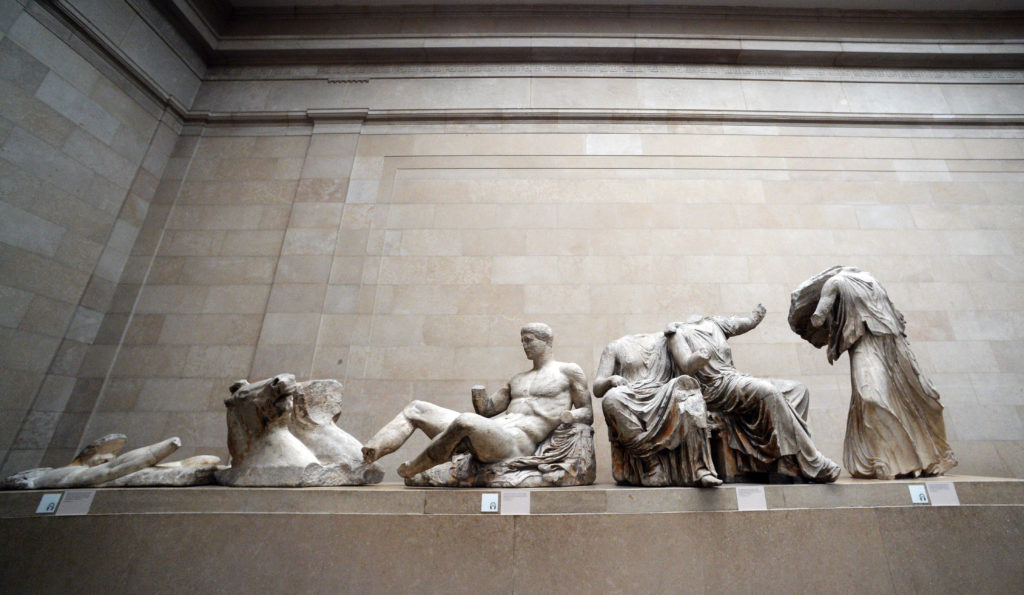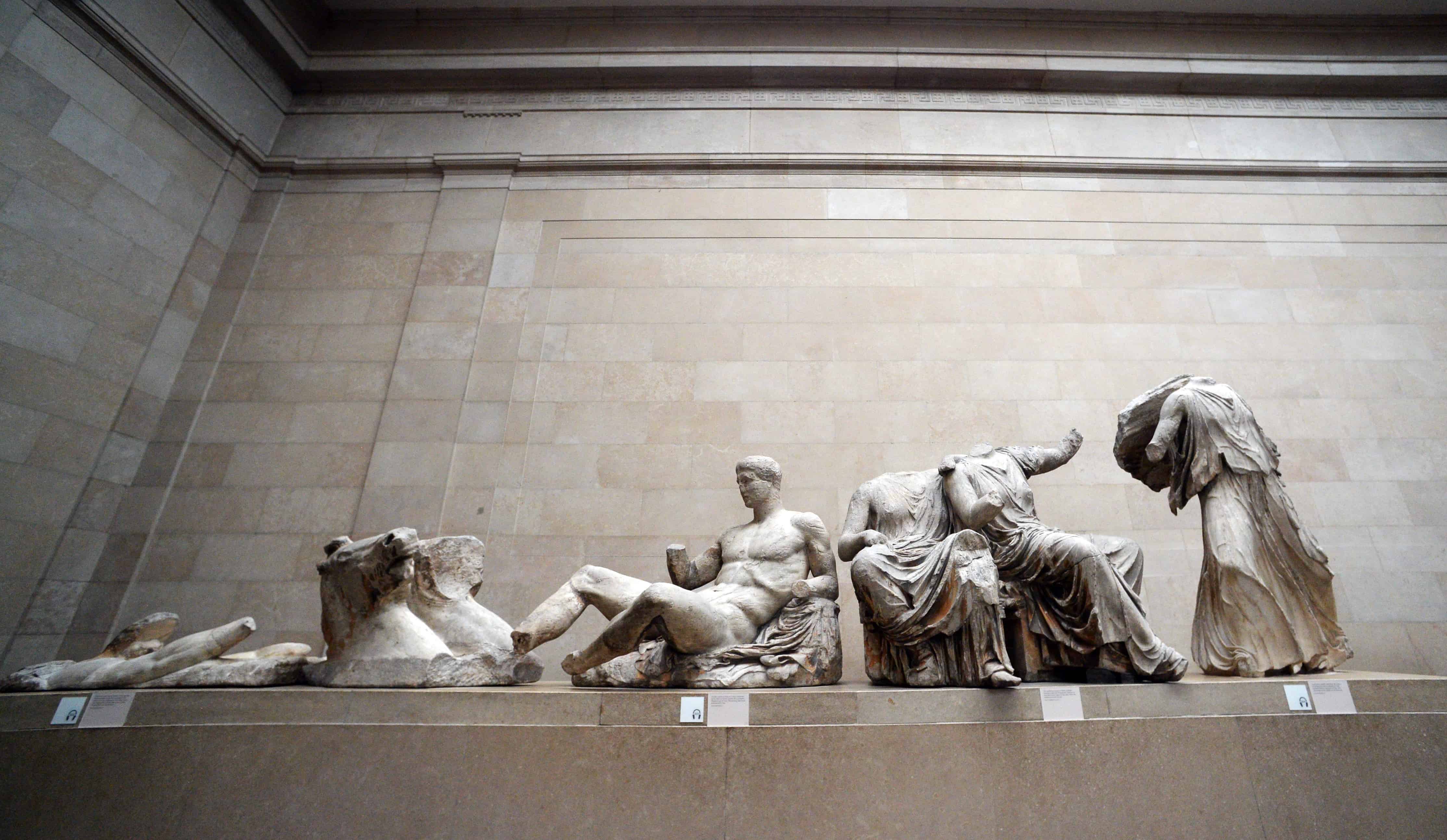
The Parthenon Marbles argument is set to heat up again with displays of French artist Rodin’s work being exhibited at the British Museum alongside fragments of the Parthenon sculptures from April through to July.
Many British experts claim the French artist drew inspiration from the headless ancient sculptures, which were his favourite works of art, during his 15 visits to the British Museum.

The idea is to show how the headless figures taught Rodin that the body could express emotion, as shown in his masterpiece 'The Kiss' and because he never visited Greece, experts say he may have picked up the idea from some of his 15 visits to the British Museum.
This, it is argued by British Museum, shows why the museum is the right setting for the Marbles, acquired from the ruins of the Parthenon by Lord Elgin and brought to Britain about 200 years ago.
They have been on permanent public display at the museum since 1817, with the Greek government and many activists worldwide having called for their return for many years.
But British Museum director Hartwig Fischer said that having them there ‘placed them in the context of world cultures’.
The loans of Rodin are coming from Paris, for the exhibition and his most famous sculpture, 'The Kiss' will be displayed beside the ancient Greek statues that inspired it, the two reclining goddesses, one lying back across the lap of her companion, from the east pediment of the Parthenon.
Rodin’s figures are naked, and the women clothed, the museum’s curator Ian Jenkins described them as “eroticised by their draperies” but both groups were carved from single massive blocks of marble. The goddesses lost their heads in antiquity, while the heads of Rodin’s couple are blurring back into their marble.
“The Kiss is the finest and most relevant response in art to the Parthenon sculptures,” Jenkins told media.


